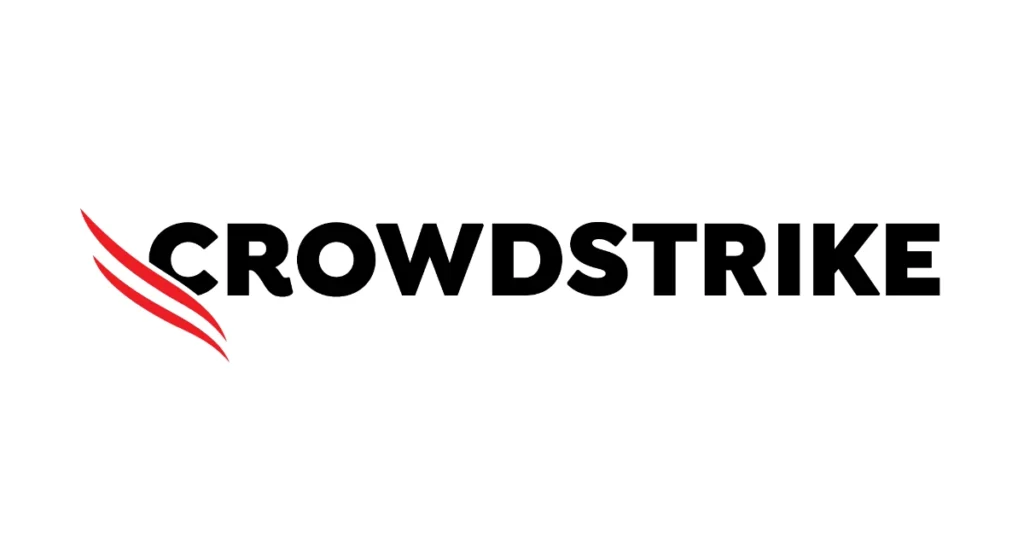As organizations adopt hybrid and multi-cloud architectures, the attack surface quickly expands, often outpacing defender’s ability to see and stop threats. This growing complexity fuels risk — creating blind spots adversaries exploit through cloud misconfigurations, excessive permissions, and unpatched vulnerabilities. These conditions allow attackers to break in, move laterally, and gain higher levels of access.
Identity and permission misuse has become central to modern adversary tradecraft. Valid account abuse has become the leading initial access vector to the cloud, accounting for 35% of cloud incidents in the first half of 2024, the CrowdStrike 2025 Global Threat Report states. Groups like SCATTERED SPIDER and LABYRINTH CHOLLIMA often begin with stolen credentials then escalate into cloud environments to exfiltrate business-critical data.
Attack Path Analysis, built into CrowdStrike Falcon® Cloud Security, reveals how adversaries can move through cloud environments and maps potential attack paths so teams can block them before a breach occurs. It uses vulnerability data from CrowdStrike Falcon® Exposure Management to trace lateral movement across hybrid environments and identify the paths leading to business-critical systems and data. Attack Path Analysis is generally available to customers of both Falcon Cloud Security and Falcon Exposure Management.
As organizations expand their use of the CrowdStrike Falcon® platform to protect cloud and on-premises environments, this capability delivers deeper context to help security teams uncover and eliminate risk with greater precision.
How to Centralize and Manage Cloud Risk
The Attack Path Analysis dashboard is the command center for identifying where defenders should focus first. It highlights the attack paths that create the highest organizational risk based on asset sensitivity, exploitability, and complexity, including paths that terminate at resources storing sensitive data.
Each attack path includes detailed contributing factors such as exploitable vulnerabilities, identity misconfigurations, and overly permissive network settings. This consolidated view helps teams evaluate which paths pose the greatest risk to critical services and sensitive information. With this centralized view of potential attack paths, security teams can make more informed and confident decisions to strengthen their security posture.

